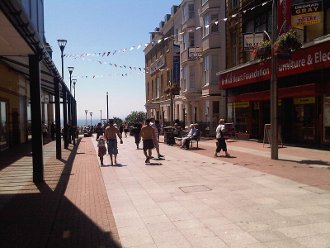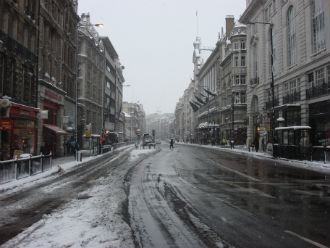 The July heatwave is long gone, but its positive effects on the retail sector are still being felt. According to the British Retail Consortium, footfall was up 0.8 percent in July compared to a year ago. The footfall uptick was not the only good news, as vacancy rates went down.
The July heatwave is long gone, but its positive effects on the retail sector are still being felt. According to the British Retail Consortium, footfall was up 0.8 percent in July compared to a year ago. The footfall uptick was not the only good news, as vacancy rates went down.
BRC found that vacancy rates in town centres went down from 11.9 percent in April to 11.1 percent in July. Since lovely weather drove shoppers back to the high street, online took a hit. Online sales fell two percent compared to June, but year-on-year they were up nine percent.
In addition, the Confederation of British Industry (CBI) is now forecasting GDP growth of 1.2 percent in 2013, up from 1.0 percent in its May forecast. CBI revised its figures after a better than expected second quarter and signs of a pick-up in confidence across a broad range of sectors, including services, construction and manufacturing.
“The economy has started to gain momentum and confidence is picking up, but it’s still early days,” John Cridland, CBI Director-General, said. “We need to see a full-blown rebalancing of our economy, with stronger business investment and trade before we can call a sustainable recovery. We hope that will begin to emerge next year, as the Eurozone starts growing again.”
As the Eurozone emerges out of recession, we could be in for a period of relative stability, but the recovery remains painfully slow in most sectors.








